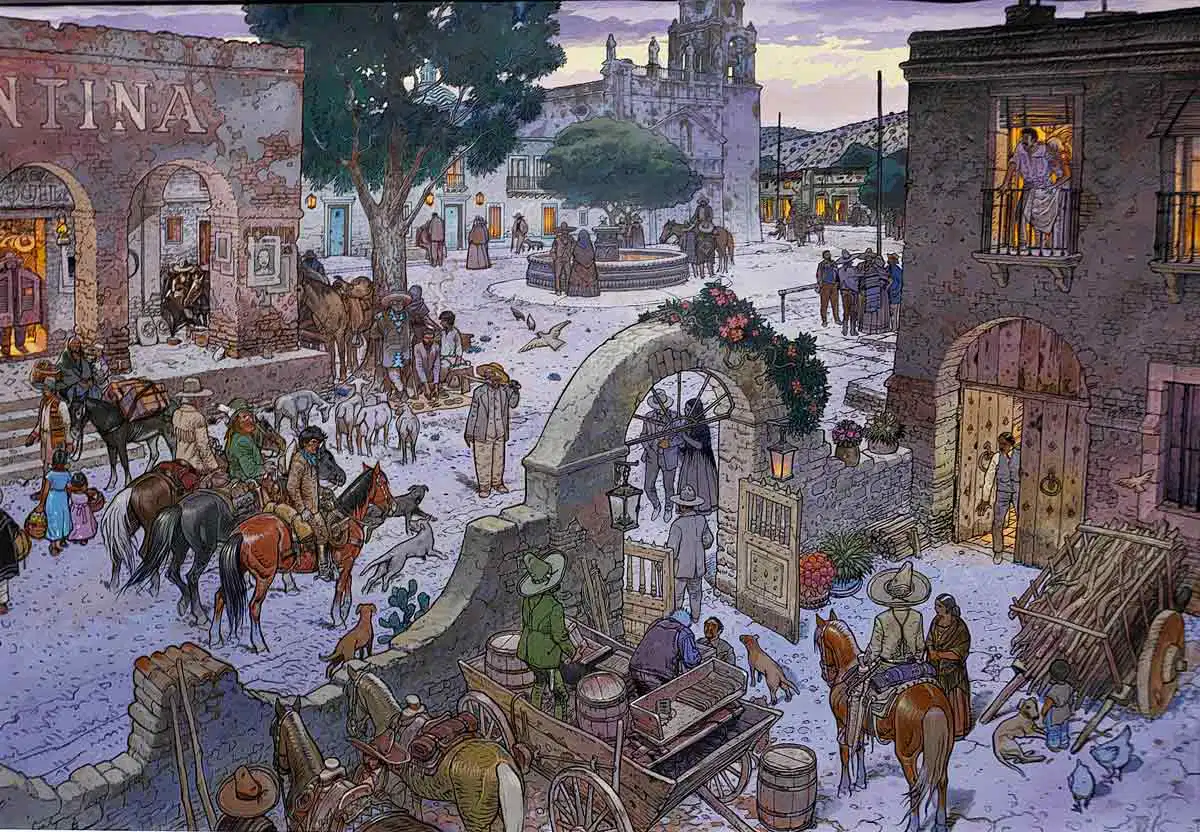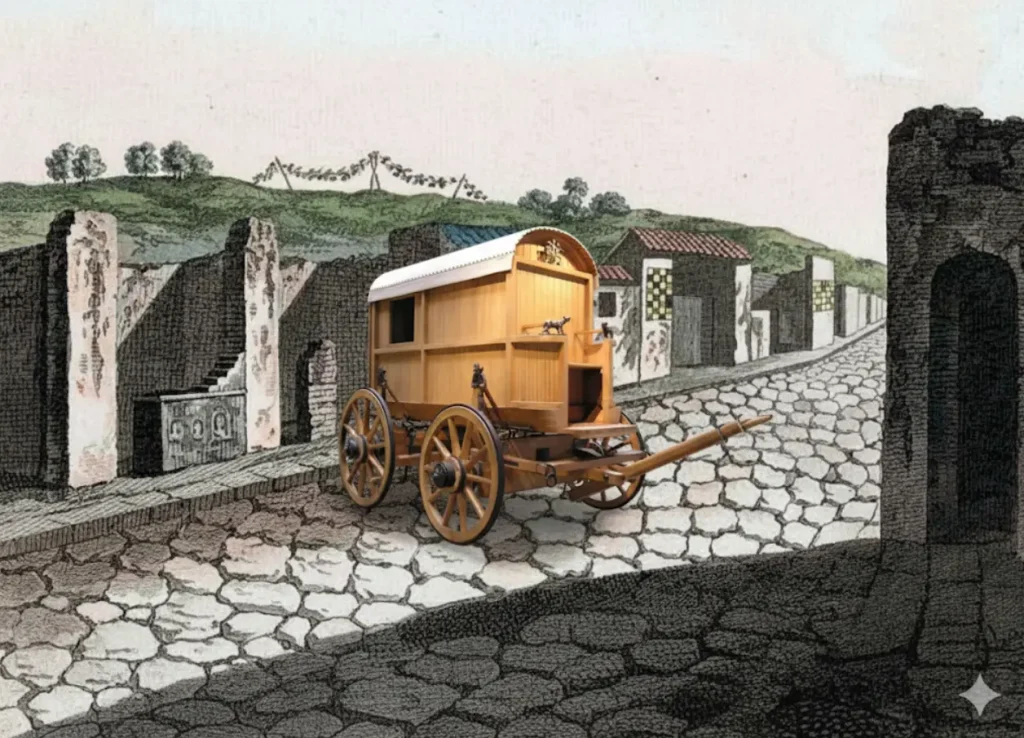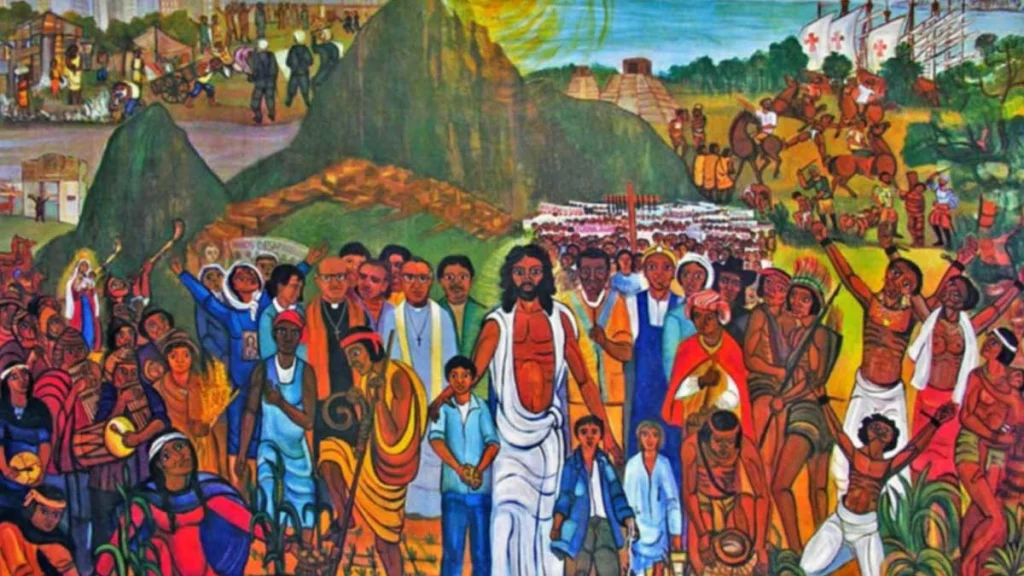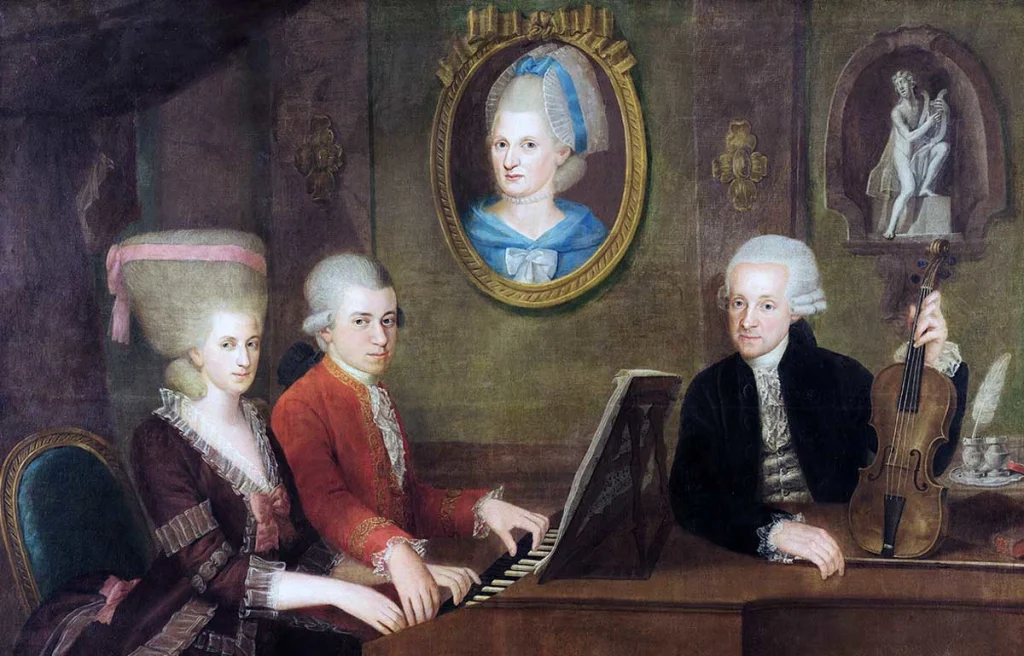Jean Giraud, known by his artistic pseudonym Moebius, was a French artist who revolutionized European comic books between the 1970s and the early 1980s.
In the quiet suburbs of Paris, in the year 1938, a boy named Jean Giraud was born. The world around him was a tumultuous place, with the echoes of World War II still reverberating through the streets of France. Yet, within this chaos, young Jean found a sanctuary, a place where his imagination could soar beyond the confines of reality. This sanctuary was the local theater, where he was introduced to the world of American Western movies. These films, with their vast, open landscapes and tales of adventure, planted the seeds of creativity in Jean’s mind, seeds that would one day grow into a forest of artistic brilliance.
Jean’s early life was not without its challenges. The post-war period was a time of rebuilding and recovery, and family troubles were a constant shadow. But instead of succumbing to these difficulties, Jean discovered a new world through the pages of Belgian comic books like Tintin and Spirou. These stories, with their vibrant illustrations and captivating narratives, further fueled his passion for visual arts.
As a teenager, Jean’s path led him to the École nationale supérieure des Arts Décoratifs in Paris, a prestigious institution where he honed his skills and formed friendships with other budding artists, including Jean-Claude Mézières. However, the call of adventure was too strong to resist, and in 1956, Jean left his studies without graduating to join his mother in Mexico.
Mexico was a revelation for Jean. The expansive horizons and endless blue skies of the Mexican deserts resonated deeply with him, intertwining with his love for Western movies. This experience left an indelible mark on his artistry, a mark that would later be evident in his work.
Upon returning to France in the 1960s, Jean was drafted for military service, a journey that took him to Germany and Algeria. But even in the midst of military duties, his artistic talents could not be contained. He was appointed as an illustrator for an army magazine, a role that allowed him to refine his technique and draw inspiration from the exotic cultures he encountered.
Back in Paris, Jean embarked on a career as an illustrator of Western comics, most notably the popular series “Blueberry,” written by Jean-Michel Charlier. Yet, beneath the surface, a different passion simmered. Jean was captivated by the world of science fiction, devouring every piece of literature and art in the genre. This passion would soon give birth to a new identity, a pseudonym inspired by the 18th-century German astronomer and mathematician August Ferdinand Möbius. Thus, Jean Giraud became Moebius.
In 1974, Moebius, along with a group of like-minded friends, founded “Les Humanoïdes Associés,” a publishing house dedicated to pushing the boundaries of sci-fi and fantasy comics. The result was the creation of Métal Hurlant, a magazine that became a beacon of experimental and visionary designs. Its impact was so profound that it soon crossed the Atlantic, arriving in the United States as Heavy Metal, where it quickly gained a devoted following.
Moebius’s work in Métal Hurlant was groundbreaking. In the magazine’s first issue, he introduced Arzach, a wordless sci-fi comic that defied categorization. This series, with its blend of fantasy and surrealism, left an indelible mark on creators like Hayao Miyazaki, whose film Nausicaä bears a clear reflection of Arzach’s influence.
Other notable works from this era include The Long Tomorrow and The Airtight Garage. The Long Tomorrow, a collaboration with writer Dan O’Bannon, was a genre-blending masterpiece that laid the visual groundwork for the iconic film Blade Runner. Meanwhile, The Airtight Garage, inspired by the writings of Carlos Castaneda, showcased Moebius’s ability to weave surreal and nonlinear narratives, drawing from his personal experiences to create a truly authentic artistic identity.
Moebius’s work was characterized by its exploration of the unknown. His illustrations were not merely visual representations of stories; they were gateways to deeper reflections on the transcendence of life. Like the works of H.P. Lovecraft or Douglas Adams, Moebius used science fiction to delve into the mysteries of existence, offering a sense of enlightenment through his art.
This ability to convey profound meaning through visuals is perhaps best exemplified in his collaboration with Alejandro Jodorowsky. Together, they created masterpieces like Eyes of the Cat and The Incal, a space opera that stands as one of Moebius’s most renowned works. The Incal, with its blend of politics, philosophy, and mysticism, takes readers on an intergalactic journey that explores the human condition and the quest for personal enlightenment.
Moebius’s influence extended far beyond the realm of comic books. His visionary designs caught the attention of filmmakers, leading to collaborations on iconic films such as Alien, Tron, and Star Wars. His work on Jodorowsky’s Dune, though the film was never completed, left a lasting impact on the sci-fi genre, inspiring filmmakers like Ridley Scott and George Lucas.
In the world of comics, Moebius’s legacy is equally profound. His collaboration with Marvel Comics on a Silver Surfer miniseries, written by Stan Lee, earned him an Eisner Award and cemented his status as a master of the medium. His influence also reached Japan, where he collaborated with manga artists like Jiro Taniguchi, further bridging the gap between Western and Eastern comic traditions.
In the final years of his life, Jean Giraud continued to create, even as his eyesight began to fade. He shifted his focus to individual pieces, creating art on large canvases that blurred the lines between comic book illustration and fine art. One of his last masterpieces, Le Voyage d’Hermès, commissioned by the luxury brand Hermès, encapsulates the essence of Moebius’s artistic vision—a vision of endless horizons, clear skies, and the boundless possibilities of the imagination.
Jean Giraud, known to the world as Moebius, passed away in 2012, leaving behind a legacy that continues to inspire and captivate. His art, with its vivid colors and transcendent themes, has touched the hearts and minds of countless individuals, from filmmakers and comic book artists to dreamers and visionaries. Moebius’s work transcends the boundaries of medium and genre, inviting us to explore the infinite landscapes of our own imaginations and reminding us that, in the words of one of his own creations, “See how popular you have become?”











































